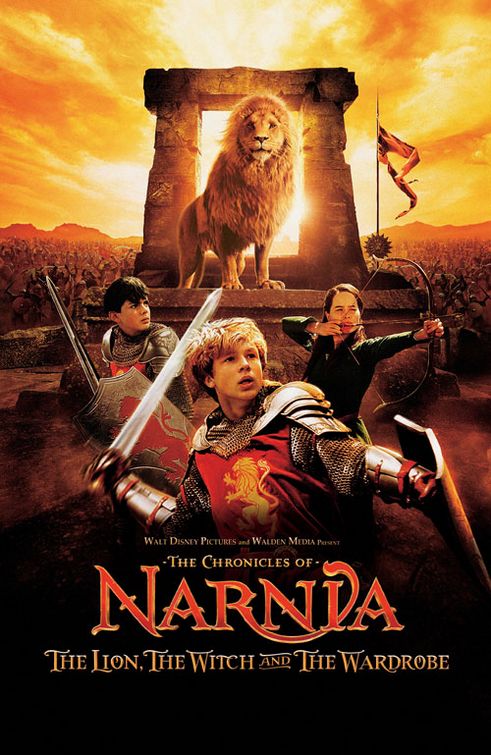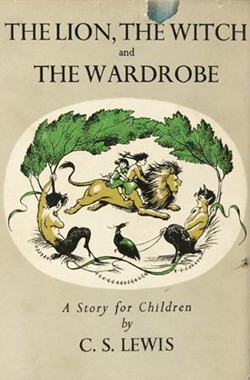One of the most common comparisons made in the discussion of heroes and villains is the effect of tragic events that mark the threshold of villainy and heroism. For heroes the tragic event offers that catalyst to excel and overcome a challenge, Batman for example witnessed the death of his parents at the hand of criminals and made it his life's work to rid the City of Gotham from criminals and villains. The effect on society made by Batman marks him as a transformational hero whose actions forever alter the course of society. I beg the question of what do we call "so called" heroes who are projected to become great? The question was briefly addressed in class discussions and easily labeled as Trending Heroes- prime example being Lady Gaga. Due to the obvious lack of example of these evolving and up and coming heroes, – I would like to bring to your attention K'naan- A musician, poet and instrumentalist, who very recently ( April 2010) surfaced on the face of mainstream music with one of his greatest hits of 2010 and the Coca-Cola World Cup Anthem of "Waving Flag" .

Music talent set aside the life story of Keinan Abdi Warsame is one of trials and tribulations. Born in Mogadishu, Somalia on February 1, 1978 he lived through a portion of the Somalia Civil War before immigrating to New York at the age of 13 years old , and settling in Rexdale, Canada. Self-taught in the art of rap and spoken word – by memorizing and extrapolating on his favorite rappers songs. Having moved from Mogadishu to New York and Rexdale – in pursuit of the American Dream – the dream would begin as a nightmare first.. Relocating to Rexdale, a large Somali populated area, K'naan would witness firsthand the cruelty of a different type of war- a war of racism and systematic discrimination. Unlike many of our previous heroes, K'naan would face several more tragic events such losing friends due to murder and suicide, and deportation before transforming into the Trending Hero that he can be considered today.K'naan's musical talent is not limited to his unique and very distinguishing vocal gift ,but it also extends to his ability to integrate reggae with hip-hop. Yet, unlike the majority of rappers in 'the game'- he explicitly avoids using vulgar language, implicit sexual content , and talking about cars, chains, and drug dealing in a positive manner. Instead, K'naan differentiates himself by rapping about the bitter truth about living in Mogadishu, and the injustices of living in developed (Canada) vs. undeveloped country (Somalia). The difference in his message versus that of other rappers is best exemplified in his song " If Rap Gets Jealous" . The trifecta of K'naan's musical talent comes from his ability to transcend the likes of Bob Marley and Michael Fanti to sing, and rap in timeless and universal parables that offer ominous wisdom and food for thought. One of the most memorable lines of his song is "I take inspiration from most heinous of situation to create medication out of my own tribulation" in the song Take A Minute .

The unmistaken appeal of K'naan's music comes from the truth of his voice. As a rising star of the East African nation of Somalia – Nation of Poets, K'naan has become The Modern Voice of the African Diaspora Generation. The boons of his artistic ability far transcend the monetary value and measurability. K'naan has instead become the Baron of Truth – who is not afraid to point out the political failure of the UN , or state fact of reality of why Somalian Pirates really exist. One can only speculate the greatness which K'naan is yet to reach, but be on the lookout for him to break all expectations of him. Skeptics might raise questions to K'naan's heroic status as a Trending Hero, but to I advise to listen to the wisdom K'naan bestow upon you in his song Take A Minute which goes as following "And any man who knows a thing knows, he knows not a damn, damn thing at all.". So what is it that you know you doubter?





